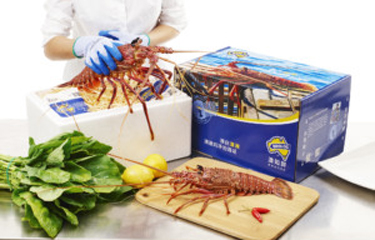On 16 September, China applied to join the Comprehensive and Progressive Agreement for Trans-Pacific Partnership (CPTPP), a pact once promoted by the U.S. as a counterweight to China in the Pacific region.
However, the request has thus far been rebuffed by Australia, which said it won’t consent to China joining the agreement until Beijing drops tariffs it levies on Australian imports. China, long the top destination for Australian lobster exports, instituted a ban on Australian crustaceans in November 2020 in apparent retaliation for a call from the Australian government for more clarity from Beijing over the origins of COVID-19. The move, made unofficially and despite a nominal free-trade agreement between the two countries, deeply hurt Australia’s lobster trade with China, which purchased up to 90 percent Australia’s lobster exports in 2019 worth USD 412 million (EUR 350.2 million).
When the row started last November, several air-shipped consignments of Australian lobster were barred from entry to China due to what Chinese officials said were overconcentration of metals in the lobsters. China claimed related anti-dumping tariffs on Australian wine were due to abusive trade practices. The closure of the Chinese market to Australian exporters has pushed them to look toward other markets, aided by a financial aid package offered by the Australian government.
In order to win Australia’s approval to join the CPTPP, China may have to revise its relations with Australia, as well as with fellow CPTPP member Canada, with whom it also has strained relations. But even that may not guarantee China’s success – other CPTPP members may however be wary of the arrival of China into the group, given the manner in which Beijing appears to have ignored its previous agreement with Australia.
All 11 current members of the CPTPP – established in 2018 – would need to agree by consensus to allow China to join the pact. Other members of the bloc include Japan, Vietnam, and Chile, all of whom are closely enmeshed with China’s seafood supply chains. Former U.S. President Donald Trump removed the U.S. from the agreement, then known as the Trans-Pacific Partnership Agreement, soon after taking office.
SeafoodSource attempted to contact several Australian lobster exporters, among them the Geraldton Fishermen’s Cooperative (GFC), which promoted its Brolos brand of lobsters in China under the “Australia knows fresh” advertising slogan, but was unsuccessful in reaching anyone available for comment on the move.
Photo courtesy of Geraldton Fishermen’s Cooperative







